In the embrace of the Perfume River, Hue, the ancient capital of Vietnam, offers a canvas painted with historical depth, cultural vibrancy, and tranquil landscapes. Once the heartbeat of the Nguyen Dynasty, today it bridges the ancient and the modern, where historical citadels and tombs blend seamlessly with contemporary life. The city’s allure is not just in its architectural feats and historical importance but also in the natural beauty that surrounds it, from rolling countryside hills to the verdant riverbanks. Hue invites visitors on a temporal voyage, exploring a place where history is preserved with affection, and modernity is welcomed with a vibrant spirit.
Tu Dam Pagoda
Tu Dam Pagoda stands as a beacon of Buddhist resilience and heritage in Hue. Dating back to the late 17th century, this architectural marvel not only showcases the elegance of its era but also the rich tapestry of history it has survived, including the scars of the Vietnam War. Today, it exudes peace, maintained by the monks who preserve its spiritual essence. The pagoda becomes a bustling center of devotion during Buddha’s birthday, attracting thousands of worshippers. Tu Dam Pagoda thus represents a living monument of faith and history, offering a place of serenity and reflection to all visitors.
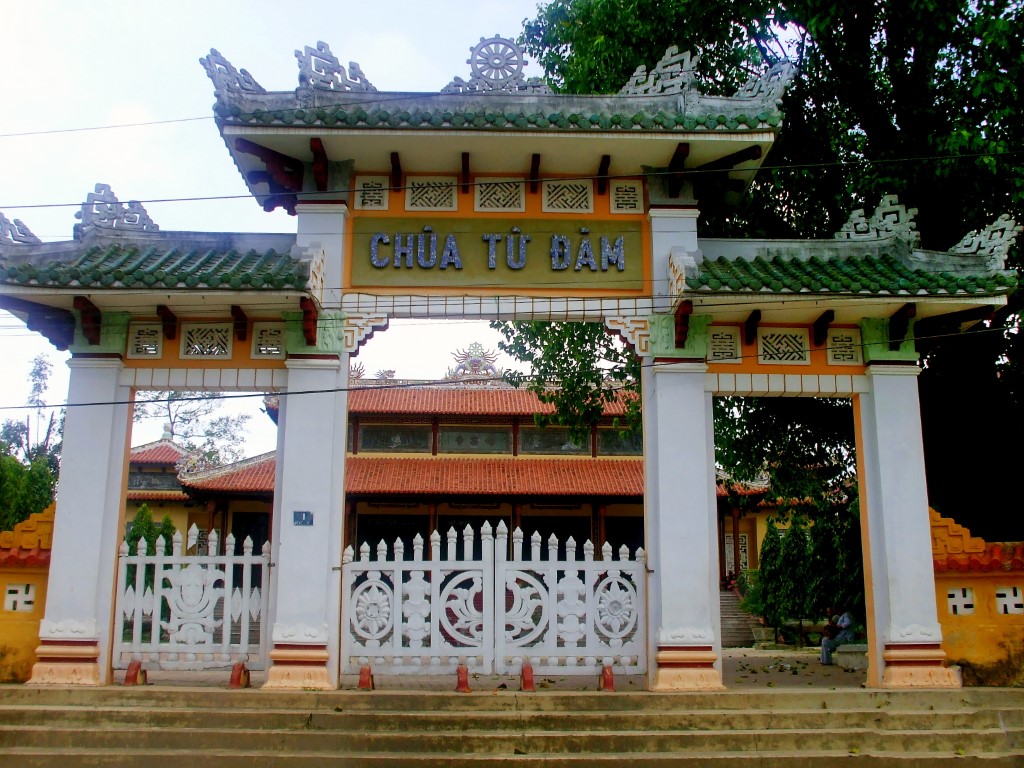
Dong Khanh Tomb
A short distance from Hue’s center lies the Dong Khanh Tomb, a monument that encapsulates the architectural and cultural shifts of its era. Constructed over three decades, this tomb reflects a fusion of Vietnamese traditions and European influences, marking a period of cultural synthesis. The tomb, with its unique blend of styles, stands as a homage to Emperor Dong Khanh and the successive visions that shaped it. Surrounded by symbolic stone guardians, it offers a window into the past, celebrating the legacy of an emperor whose reign bridged traditional values with external influences.
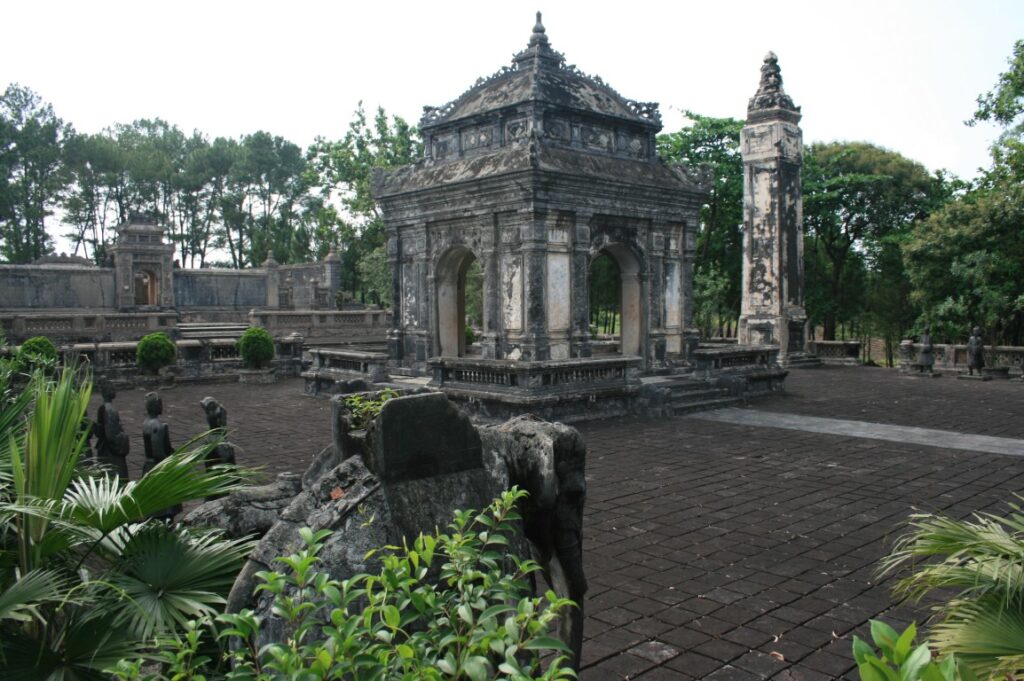
Thanh Toan Bridge
Away from the urban rhythm of Hue, the Thanh Toan Bridge, known for its picturesque setting and historical significance, bridges not just the physical gap between communities but also connects past traditions with the present. Commissioned by Tran Thi Dao, this bridge was constructed out of necessity and compassion, facilitating easier village connectivity. Following Tran Thi Dao’s legacy, an altar was erected on the bridge, symbolizing the deep-rooted Vietnamese tradition of ancestor worship. This simple yet profound structure encapsulates the essence of Vietnamese culture, where every step across the bridge is a tribute to those who laid its foundations.
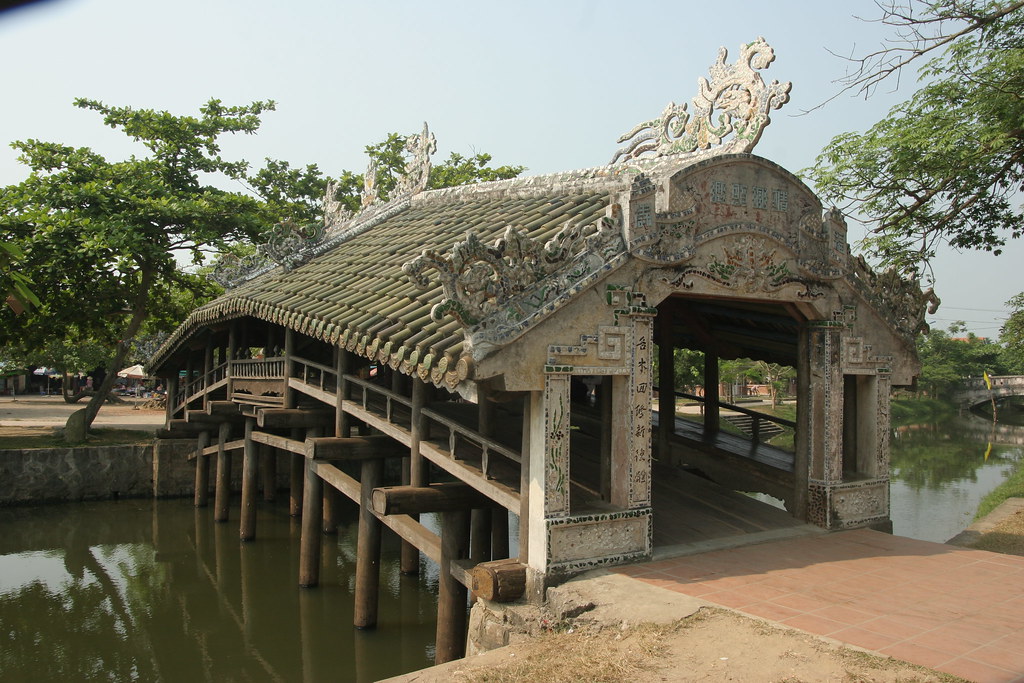
Bach Ma National Park
Positioned within the Annamite Range, Bach Ma National Park offers a natural sanctuary that epitomizes the beauty of central Vietnam. The park is a tapestry of lush mountain landscapes, dense forests, and cascading waterfalls, enriched by the remnants of French colonial architecture. It’s a biodiverse haven for nature enthusiasts and hikers, offering a chance to delve into the wilderness and possibly encounter rare wildlife. Bach Ma’s combination of natural splendor and historical intrigue provides a captivating escape, promising adventure and tranquility a short journey from Hue.
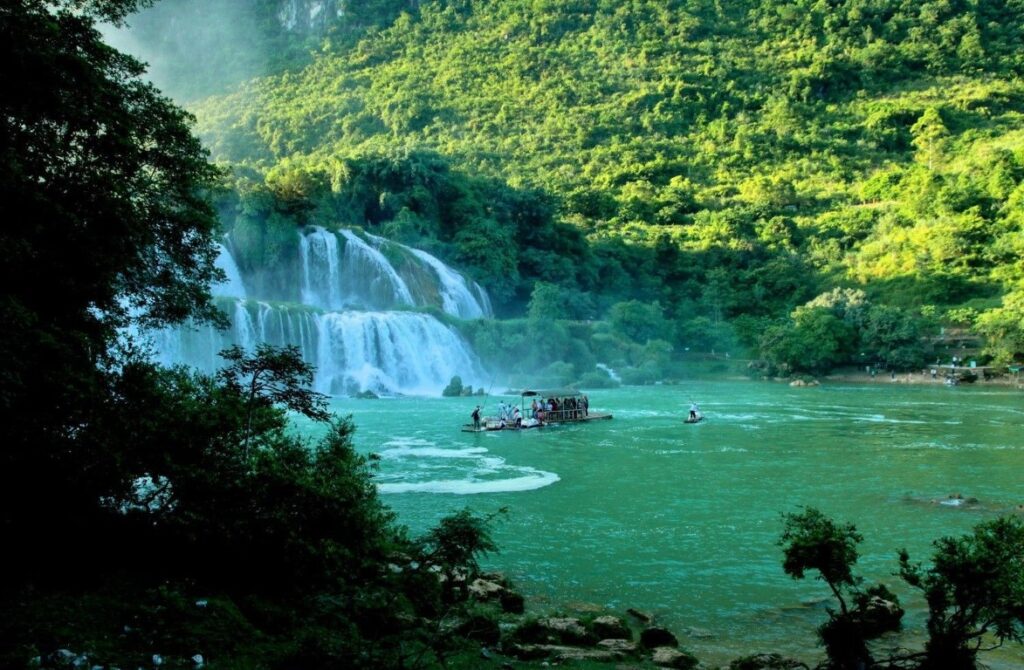
Thien Mu Pagoda
Overlooking the Perfume River, the Thien Mu Pagoda stands as a symbol of Hue’s spiritual and historical legacy. With origins dating back to the 17th century, it offers a sanctuary of peace and contemplation. Its history is intertwined with moments of political significance, marking it as a site of cultural reflection. Today, it remains a beacon of tranquility, inviting visitors to explore its grounds and absorb the essence of Hue’s enduring spirit.
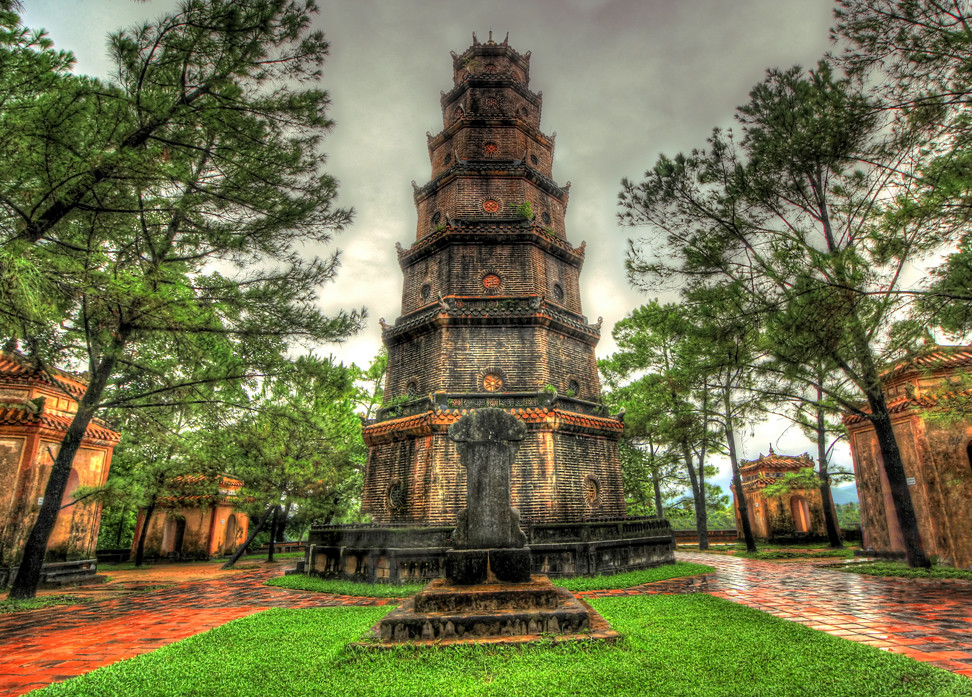
Dong Ba Market
The Dong Ba Market sits at the core of Hue, a bustling nucleus of commerce and tradition. As the province’s largest marketplace, it is a vibrant mosaic of local culture, offering a spectrum of shopping and dining experiences. The market is a hive of activity, where the colors, sounds, and scents of Vietnam come alive. Shoppers can find everything from fresh local produce and artisan crafts to textiles and jewelry, making it a perfect spot for those seeking to immerse themselves in the local ethos or find unique souvenirs. The food courts within the market serve as culinary gateways, offering tastes of authentic Vietnamese cuisine and a view into the daily life of Hue’s residents. Dong Ba is more than a marketplace; it is a community epicenter where the pulse of Hue is most palpable.
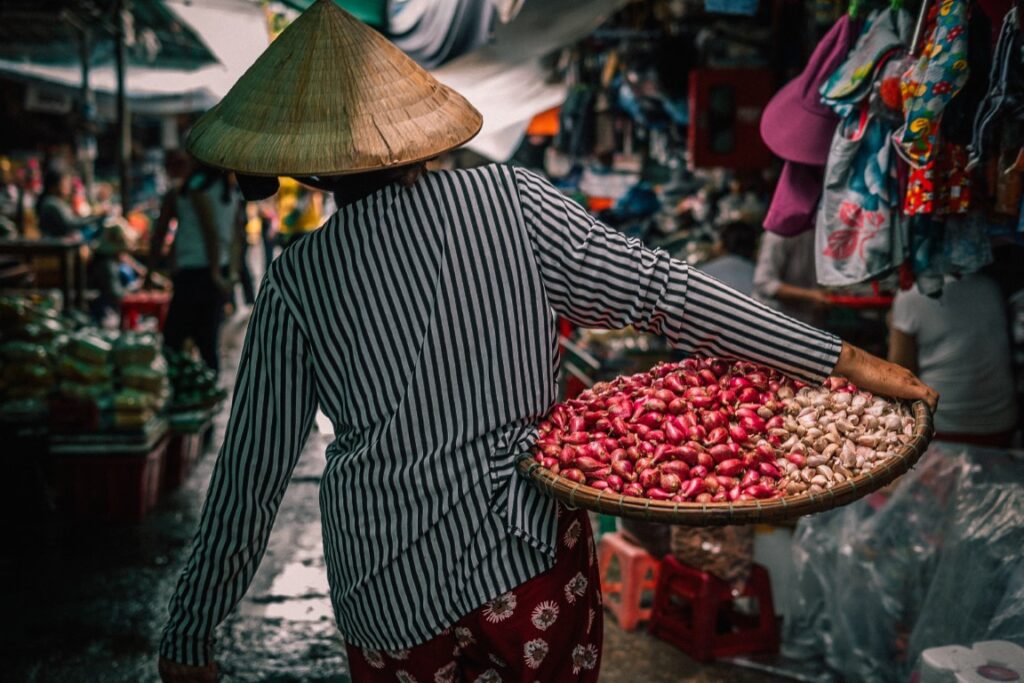
Minh Mang Tomb
Dedicated to the second emperor of the Nguyen Dynasty, the Minh Mang Tomb is a symbol of architectural grace and historical resonance. Surrounded by nature, its striking red roofs against the backdrop of lush greenery and clear skies are emblematic of Minh Mang’s vigorous legacy. The tomb not only honors an emperor’s resistance to foreign dominance but also serves as a testament to national pride and cultural identity, making it a revered site among locals and visitors alike.
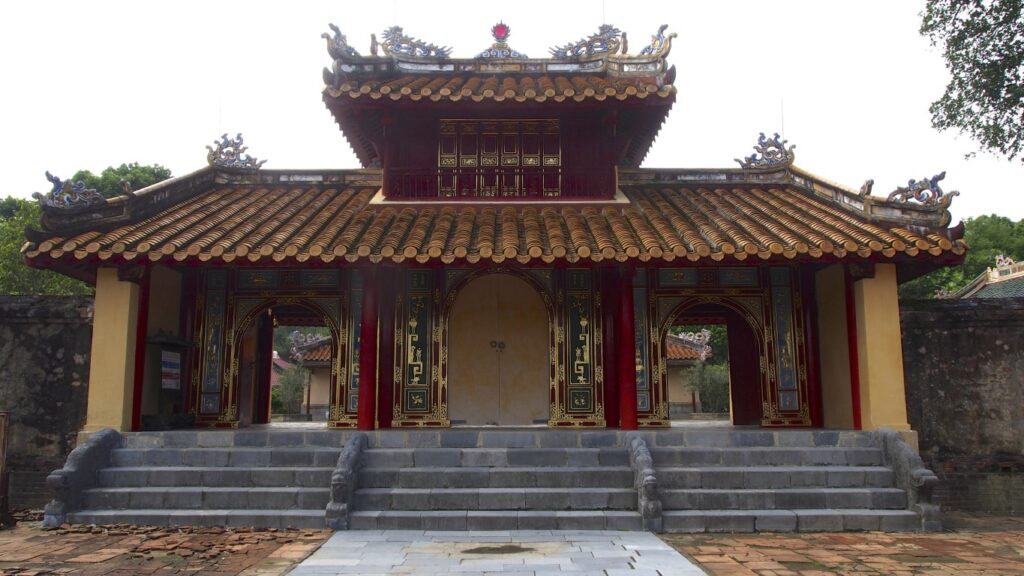
Tomb of Tu Duc
Nestled atop Van Nien Hill, the Tomb of Tu Duc is a serene complex that reflects the thoughtful yet complex reign of one of Vietnam’s most philosophical emperors. More than just a burial site, it is a collection of palaces, pavilions, and temples, designed as an ode to nature and contemplation by Tu Duc himself. Despite its opulent surroundings, the tomb’s history is marked by rebellion and the emperor’s controversial use of labor. Yet, the site remains a peaceful retreat, inviting visitors to ponder the intricacies of Vietnam’s royal past and the beauty of its design, which intertwines with the natural landscape.
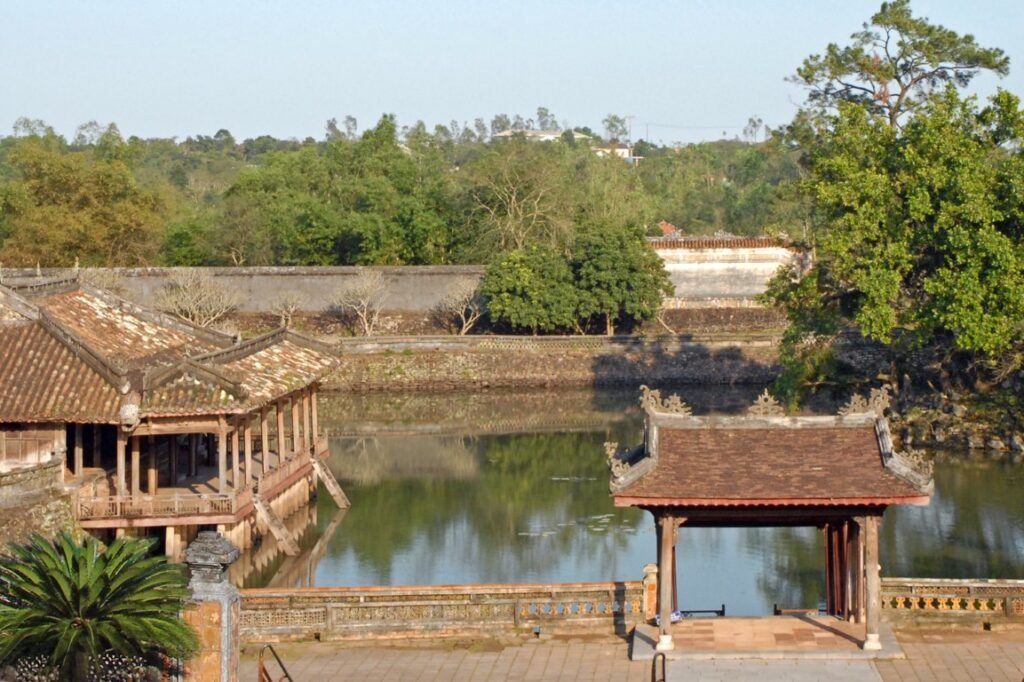
Khai Dinh Tomb
The Khai Dinh Tomb, set against the picturesque landscape of Hue, exemplifies the fusion of Eastern and Western architectural ideals. Constructed to honor Emperor Khai Dinh, this tomb is distinguished by its intricate design and luxurious adornment, reflecting a period of cultural exchange. The ascent to the tomb is a journey through art and history, offering a panoramic view that merges the past with the present in a stunning architectural tableau.
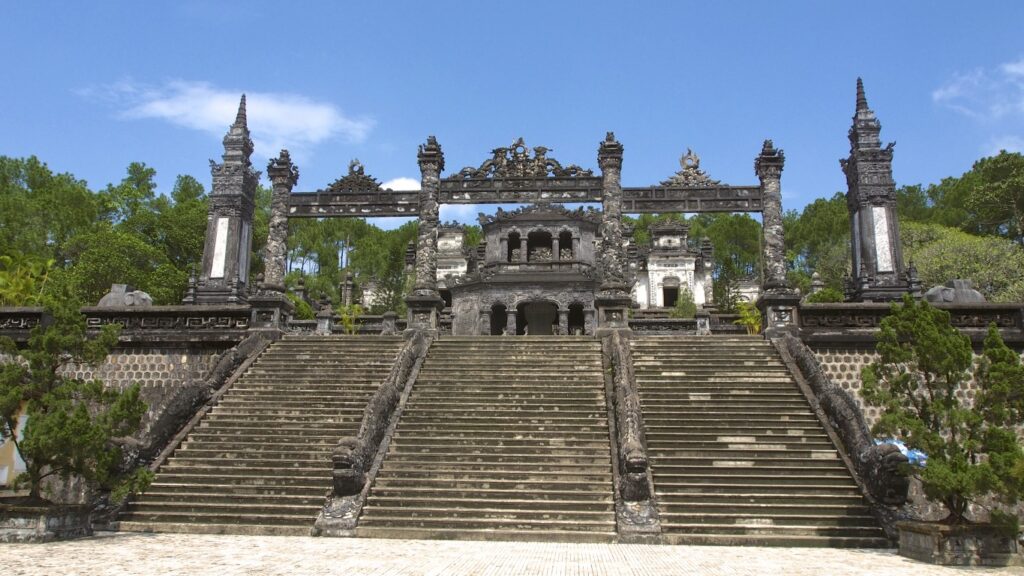
Imperial Citadel
The Imperial Citadel, with its majestic walls and storied past, serves as the heart of Hue’s historical narrative. This vast complex, initiated in 1804, was the nucleus of Vietnam’s imperial administration and cultural life. Despite the ravages of time and war, it stands as a testament to the enduring beauty and resilience of Vietnamese heritage. The Citadel invites visitors to wander its grounds, exploring the rich tapestry of history, architecture, and spirituality that defines Hue.

In conclusion, Hue is a city where history breathes through the walls of its monuments and the natural beauty of its surroundings. Each site, from the bustling Dong Ba Market to the tranquil Imperial Citadel, tells a part of Hue’s rich narrative. Visitors are offered a unique lens through which to view the complexity of Vietnam’s past, the vibrancy of its present, and the promise of its future. Hue is not just a destination; it is an experience that intertwines the soul of Vietnam with the spirit of those who walk its ancient and modern paths.
 Asia Pacific Travel Co., Ltd, established in 2002 under the visionary leadership of Mr. Nguyen Giang Nam, stands as a testament to the evolution and growth of the inbound tourism industry in Vietnam. With over two decades of operation, this pioneering travel agency has not only offered immersive experiences ranging from short-day tours to the picturesque landscapes of Ha Long, Hoa Lu, and Ninh Binh, but has also expanded its reach with representative offices in major Vietnamese cities. Their commitment to harnessing the power of information technology and relentless pursuit of professional excellence has made them a preferred choice for both domestic and global travelers, keen on discovering the authentic charm of Vietnam.
Asia Pacific Travel Co., Ltd, established in 2002 under the visionary leadership of Mr. Nguyen Giang Nam, stands as a testament to the evolution and growth of the inbound tourism industry in Vietnam. With over two decades of operation, this pioneering travel agency has not only offered immersive experiences ranging from short-day tours to the picturesque landscapes of Ha Long, Hoa Lu, and Ninh Binh, but has also expanded its reach with representative offices in major Vietnamese cities. Their commitment to harnessing the power of information technology and relentless pursuit of professional excellence has made them a preferred choice for both domestic and global travelers, keen on discovering the authentic charm of Vietnam.


